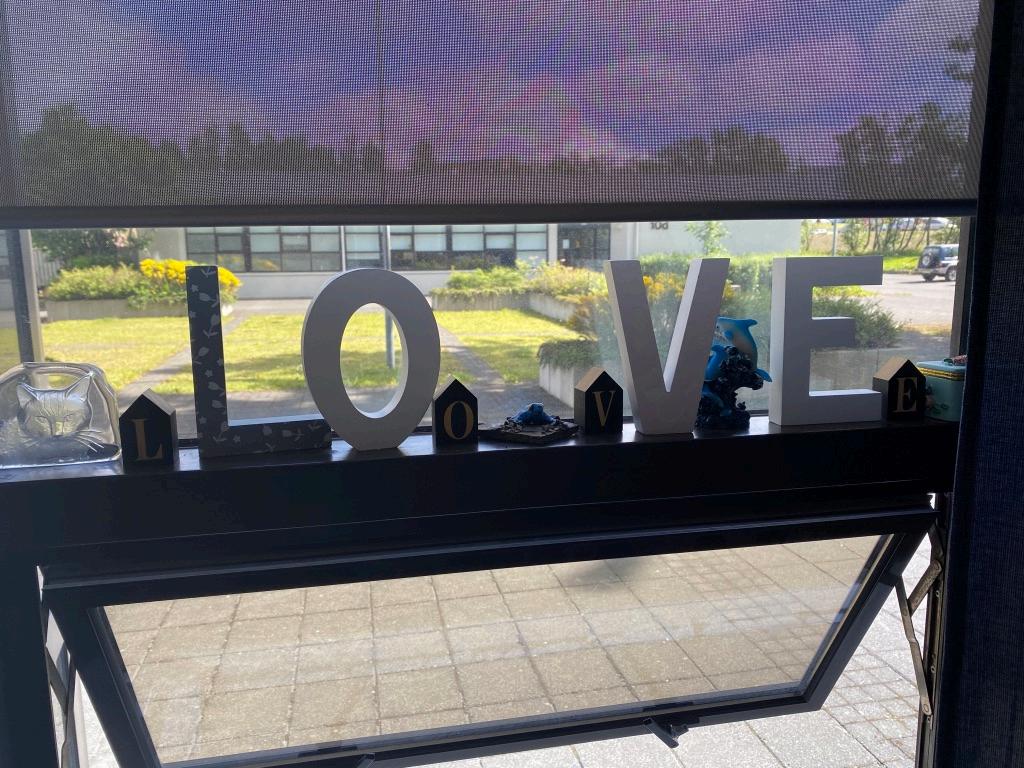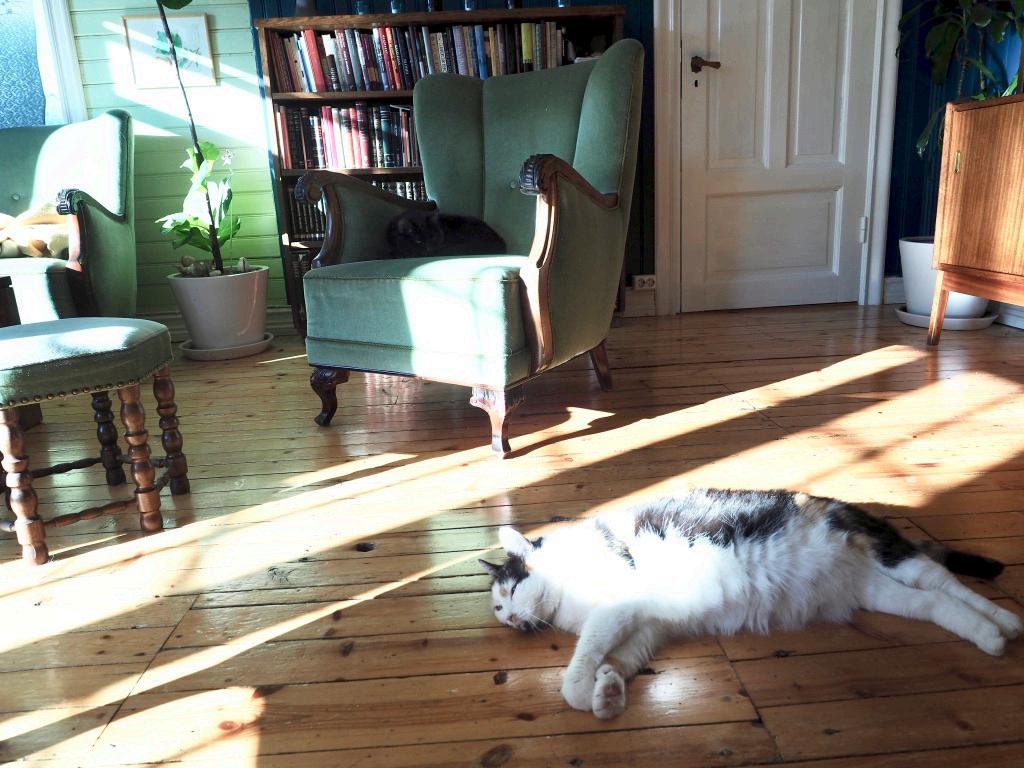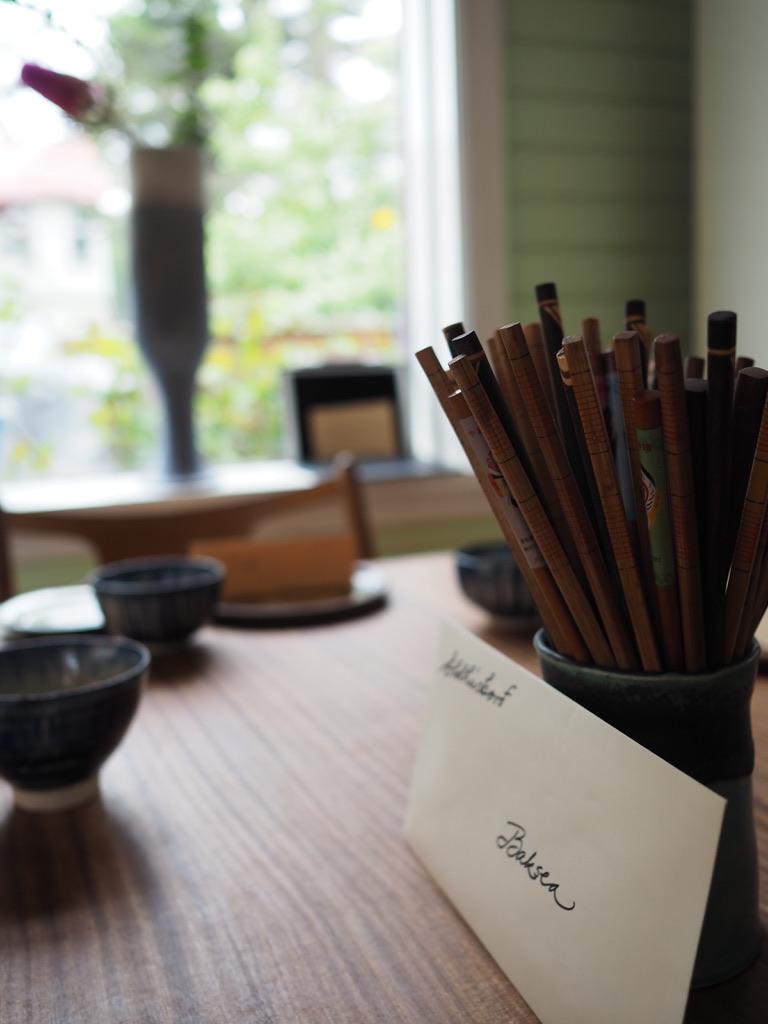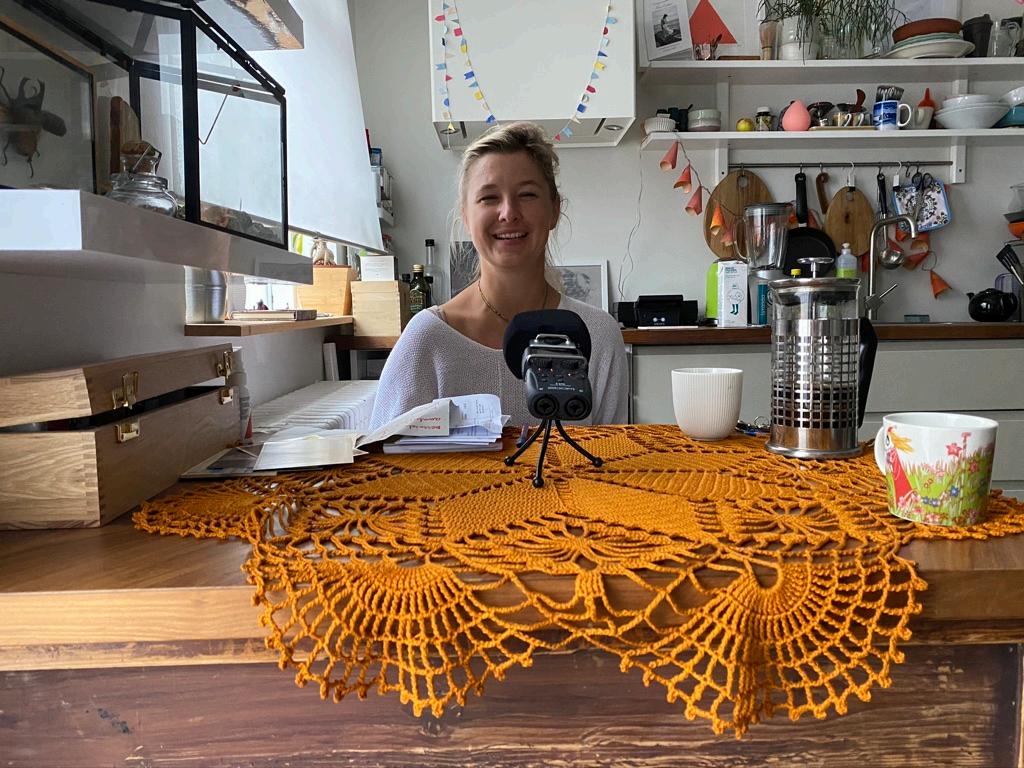
8 minute read
LETTER FIVE AGENDA 2030
LETTER FIVE
AGENDA 2030
Advertisement
This is my last letter to you; in it I will explain how my practice and current research project is connected to UN‘s Sustainability Goals. My PhD project, How little is Enough? Sustainable methods for performance through transformative encounters is a part of Lund University graduate school‘s focus on societal challenges and the UN’s Agenda 2030. My work is concerned with issues such as empowerment, equality, inclusivity, awareness, wellbeing, environmental sustainability, consumption patterns and reducing the carbon footprint. To be able to react to UN Sustainability Goals and change the future prospect of the planet a considerable transformation of individual perceptions, values and behavioural patterns is needed. How Little is Enough? aims to contribute to that transformation. My research project seeks to develop methods for performance making that looks for positive qualities and values in everyday experiences, in routines, choices and actions, through participatory performative encounters that enhance imagination and hope. In this letter I want to look at my sustainability perspectives through the lens of ecopsychology, take a glance at this strand of psychology and scrutinise its ideas on human behaviour and reactions to the imminent ecological crisis.
Imagine a world in which we consider the impact of our decisions on the earth and on the seventh generation ahead, in which humans no longer see themselves as the superior species, in which all aspects of the web of life are truly respected as equals, in which rationality and intellect can sit beside our animal selves (feeling, intuition, and our bodily senses) as equal partners in our guidance. Imagine a world in which humans express gratitude toward all who support us in every breath. Imagine. (Rust, 2014, p.48)
Thus, starts Mary-Jayne Rust, an Eco psychologist, her article titled “Dare to Dream?“ where she offers strategies for society to pave way for necessary changes to behaviour and mindset in times of ecological urgency. The strategies are to enable humans to move towards an ecocentric value system away from an an individualistic consumer driven anthropocentric culture that is destroying the planet. As many other thinkers Rust bases her ideas on the fact that humans are one with nature, not separated from it. Nature is as much inside of you in the microorganism that makes up your body as something that is “out there” Many thinkers of deep ecology and related strands of thought are critical towards the romantic idea of nature as something to admire or the consumerist notion of nature being as a product to entertain you or help you wind down, or the “it” that needs to be rescued (Rust, 2014; Morton, 2007). These thinkers are critical of the concept of nature and even refrain from using the word. Rust speaks of “other than human world” whereas philosopher Timothy Morton refers to the natural world as “symbiotic real“, a wider ecosphere, non-hierarchical solidarity of humans with nonhumans. (Morton, 2017)
Ecopsychology looks at these paradigms and explores ideas of how we can possibly change people´s worldviews, behaviours and most importantly, their well-being. While individuals’ consumption patterns and economical growth policies have a negative impact on the planet, the climate change and imminent global environment crisis, in turn, affect people on a psychological and emotional level. For people that take the global call for change seriously, young people marching with Greta Thunberg, for example, the struggle is not only driven by hope but also by more destructive emotions of fear and anxiety. This type of eco-anxiety is well known by psychologists and is at its worst paralysing: “Naturally we are seeing a rise in what many call ‘eco-anxiety’ or ‘eco-grief’ as the situation worsens. These are not pathological symptoms to be treated by therapy; rather, they are healthy responses to a world in crisis which need to be shared and held in community.“ (Rust, 2020, Kindle location 49). There are also other common psychological reactions to the imminent environmental situation recognised by psychologists, as defence and denial. Joseph Dodds uses Freuds kettle logic to explain how many react to the crisis (Dodds, 2011, p.43). The logic goes like this: 1. It´s not happening; 2. It´s not my fault; 3. There’s nothing we can do about it (so I can just get on with my life as usual). He says: “Psychoanalysts have long known that defences need to be tackled carefully. Perhaps green campaigns, as worthy and as truthful as they may be, might at times have caused more harm than good, representing a ‘sledgehammer’ approach to tackling eco-defences” (Dodds, 2011, p. 41). Though I do not share Dodd‘s scepticism towards green campaigns, I do lean against other strategies to address these urgencies strategies that are less direct and do not evoke these negative emotions.
Changing our ways is a process that is often impeded because there is deep resistance to changing how we see ourselves as humans in relation to the world. As Freud pointed out in the early days of psychoanalysis, it is important to pay attention to the resistance in the process of change. (Rust, 2014, p.49)
An awareness of the risks involved when instigating changes is vital. As an artist I can see an opportunity to contribute with positive images or imagination for the future that counteract these paralysing tendencies. In my project I am concerned with affect. Through my art practice I am looking for the right conditions for transformation in performance context, questioning what moves people profoundly and what drives them to action. These questions have naturally led me to the field of deep ecology and ecopsychology that study and nurture biophilia and mindfulness and appreciate felt emotions.
When we do allow ourselves to feel, we might find a whole range of strong emotions, such as anxiety and fear about the future, despair at our lack of political will, grief for so many losses, guilt that we continue to be part of the cause and more. While therapy has helped us to become more emotionally literate interpersonally, we are still a very ‘stiff
upper lip’ culture in relation to the bigger picture; when we block out our feelings, we lose touch with the urgency of crisis. (Rust, 2008, p.160)
Within my practice I want people to get in touch with the urgency of the imminent crisis from relating to constructive feelings that do not risk being blocked out. For me it has been a mission to find a constructive and positive way of creating an awareness of humans´ place in the web of life and an understanding of what makes us really feel good and creates a sense of belonging and harmony with our environment. The aim is not to preach, shame or correct but in stead cultivate hope through attention to what is worth living for and an imagination for a better future. The strategies that Rust presents in “Dare to Dream?“ are connected to communication and care. She is adamant in creating a language for a new worldview that does not separate man from nature and thus enables mainstream population to envision positive images for the future, to bring ecopsychology into the theory and practice of professional care. The methods of ecopsychology are in essence to nurture people´s connection to the other than human world by restoring the bond with their natural environment. As a Jungian psychologist Rust relies on images, myths and imagination and it is there I see myself being able to join forces with this movement of ecopsychology. One of the myths Rust describes is the “myth of progress”, a belief in the progress of technology and knowledge that will solve the problems for us. But in fact, technology alone will not do the trick; an urgent action of changed behaviour is needed. Yes, we should dare to dream, and we should train our imagination to create positive images for the future. But we urgently need a hook, a valid reason for wanting to change the perspectives for the future generations. The Icelandic novelist and activist Andri Snær Magnason in his novel On time and water makes a sound argument for how we can fuel the desire to make the future our business. He describes a situation where he sits with his 10-year-old daughter in his 94-year-old grandmother’s kitchen, born 1924. They bear the same name, Hulda, and there is a strong bond between them. He asks his daughter to calculate what year she herself will be 94 years old, after calculating she says 2102, then he asks her to imagine that she sits in her kitchen with her 10-year-old great granddaughter and asks her then to calculate when her great grand-daughter will be 94. The answer is 2186.
‘I’ve one more puzzle. How long is it from 1924 to 2186?’ Hulda does the maths. ‘Is it 262 years?’ ‘Imagine that. Two hundred and sixty-two years. That’s the length of time you connect across. You’ll know the people who span this time. Your time is the time of the people you know and love, the time that moulds you. And your time is also the time of the people you will know and love. The time that you will shape. You can touch 262 years with your bare hands. Your grandma taught you, you will teach your great-granddaughter. You can have a direct impact on the future, right up to the year 2186.’ ‘Up to 2186!’ (Magnason, 2020, pp.16 - 17)
What better motivation for change than love and genuine connection to another being?
RITUAL V
You are meeting your co-creator for the first time; she cheerfully greets you and invites you to sit in the living room. Soon she appears out from the kitchen with home made cakes and coffee. You look into her eyes and its like looking into an abyss, you sense an ocean of experience, emotions, hopes and dreams, sacrifices, loss and disappointment. When she starts to speak the sea bursts out of her like a force of nature, You are immersed in her story. Now it is a part of you.
TASKS
OBSERVATION Pay attention to your energy level right now.
ACTION Stand up from your chair and dance for a minute.
CONTEMPLATION What activities are energising for you?







